When it comes to selecting a kitchen work surface, budget obviously plays a part, but the most important factors are practicality, durability and style.
Matt or gloss?
Matt finishes are usually low maintenance and more resistant than gloss finishes, so are suited to high traffic areas in the kitchen. Gloss surfaces can be sensitive but add a wow-factor to the kitchen with their luminescent quality. To get the best of both, consider combining different surfaces in different areas in the kitchen, such as quartz countertops and a marble splashback.
Which material?
Each surface has its pros and cons and, ultimately, what you choose is dependent on personal preference. Here’s a round up on some of the popular kitchen surfaces available.
Wood: This can vary in style as it’s a natural product and its may develop a patina with age. Softer woods can be damaged by moisture. It is timeless in appearance and is hygienic.
Marble: This is an elegant choice for kitchen surface. It is high maintenance as can stain, crack and chip easily and is porous. Marble can withstand heat and is naturally cool, so is ideal as a baking or pastry station.
Granite: With its sheen look and unique finish, granite is also low maintenance. It is porous, so ensure it’s sealed.
Engineered and sintered compact surfaces, such as quartz, Caesarstone, Neolith and Silestone: These types of surfaces tend to be more durable than natural products as they’re resistant to heat, stains, scratches and chips, and they’re non-porous.
Glass: This adds a glam factor to the kitchen and reflects light to create an illusion of space, however, it can scratch easily.
Ceramic tiles: Available in a range of colours, shapes, sizes and textures, ceramic tiles allow you to be creative. Although they’re durable, ensure to regularly clean the grout between them.
Stainless steel: A favourite in professional kitchens, this surface is durable, easy to clean and heat resistant. It also provides a reflective surface to amplify light. It can scratch and shows fingerprints.


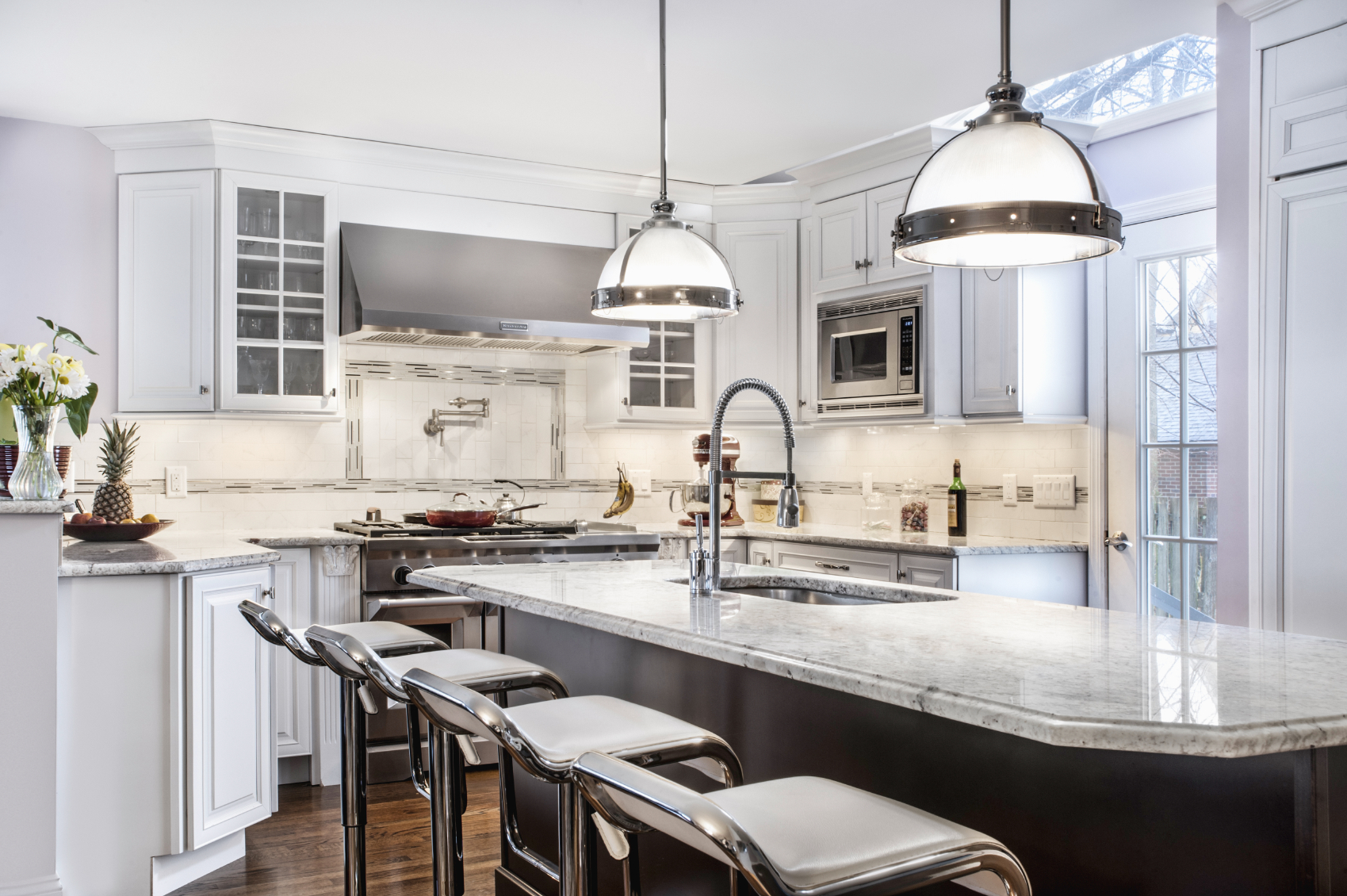



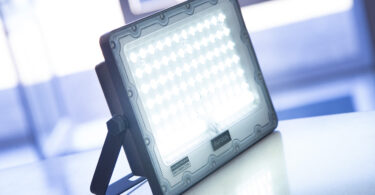
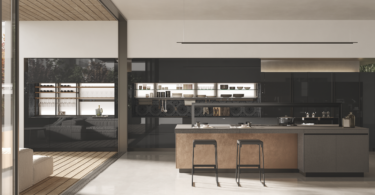
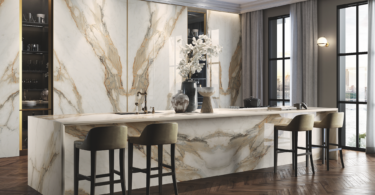
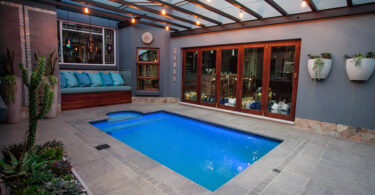
Leave a Comment